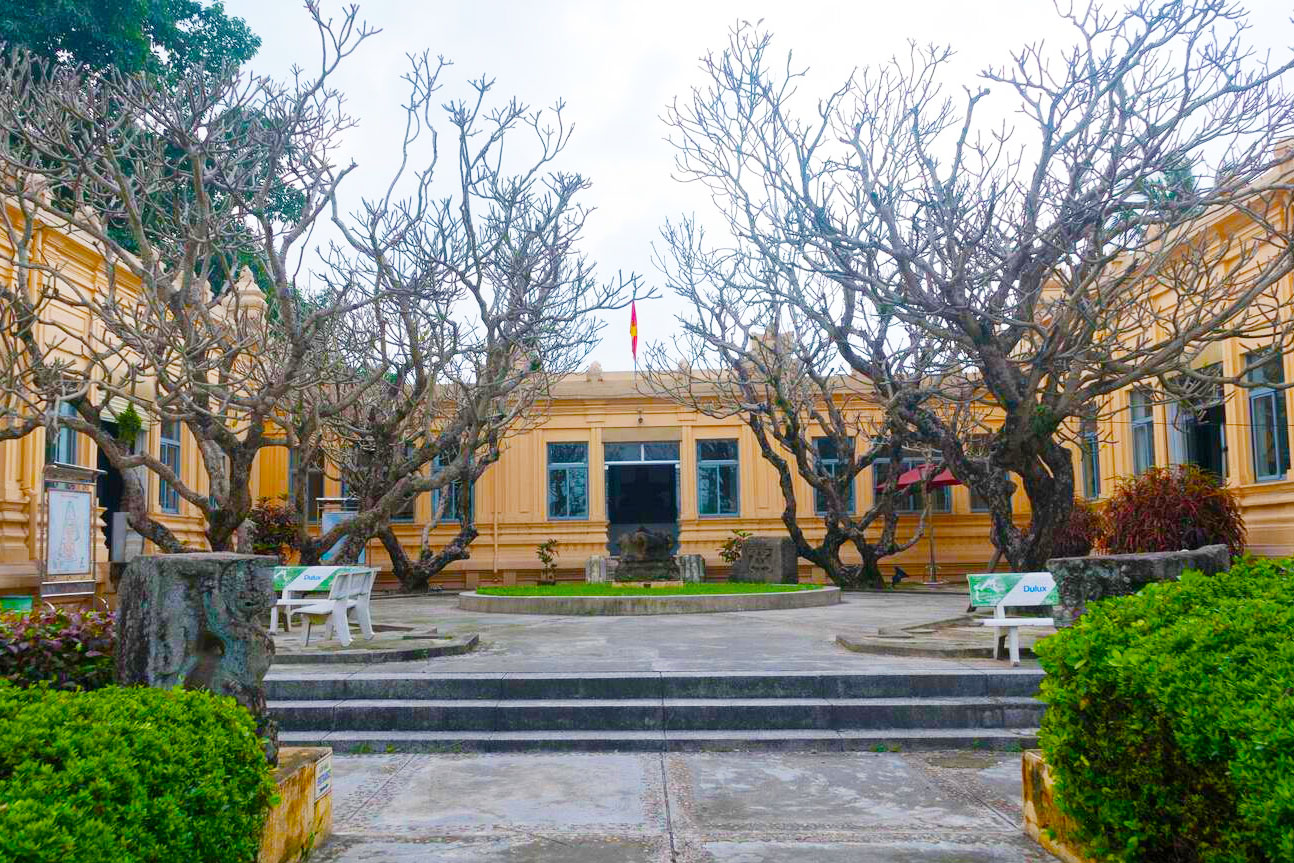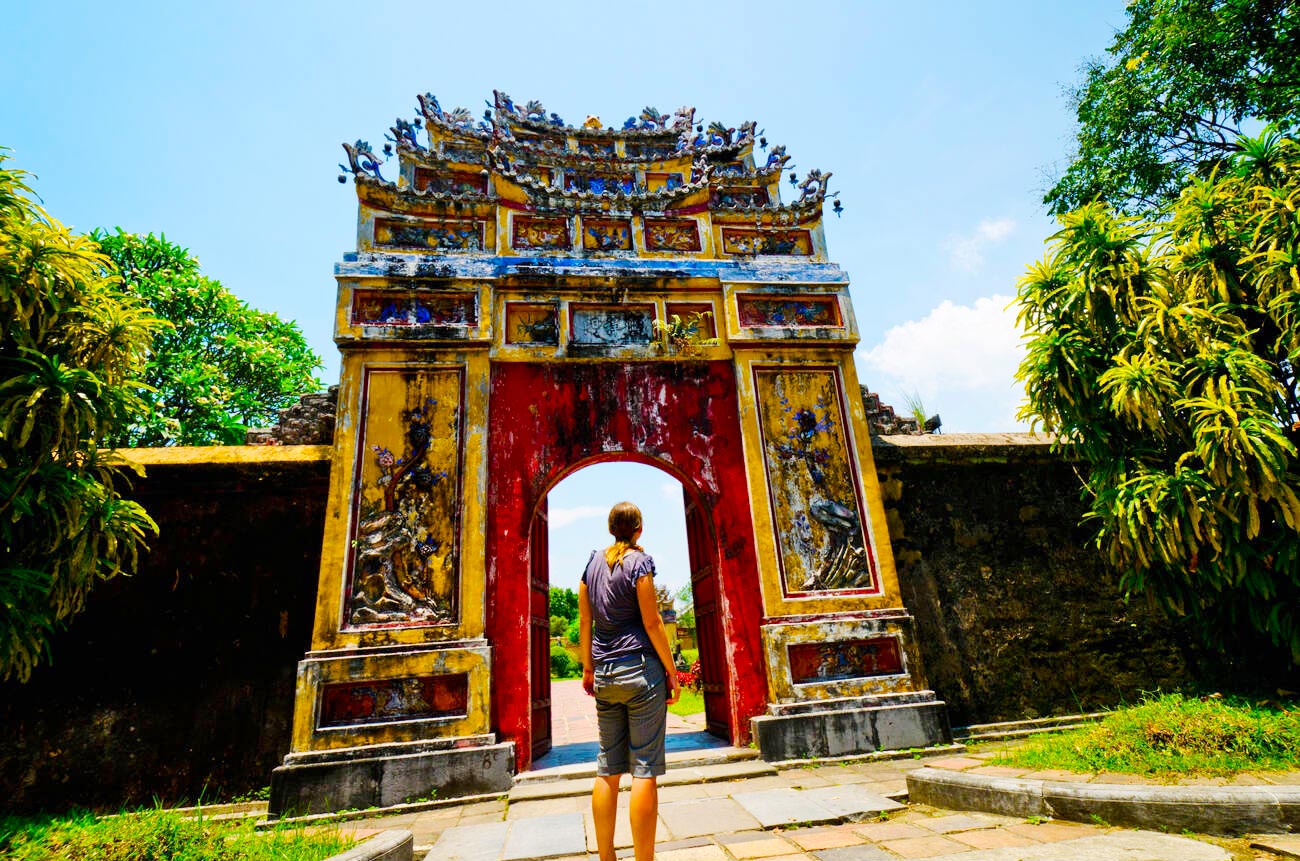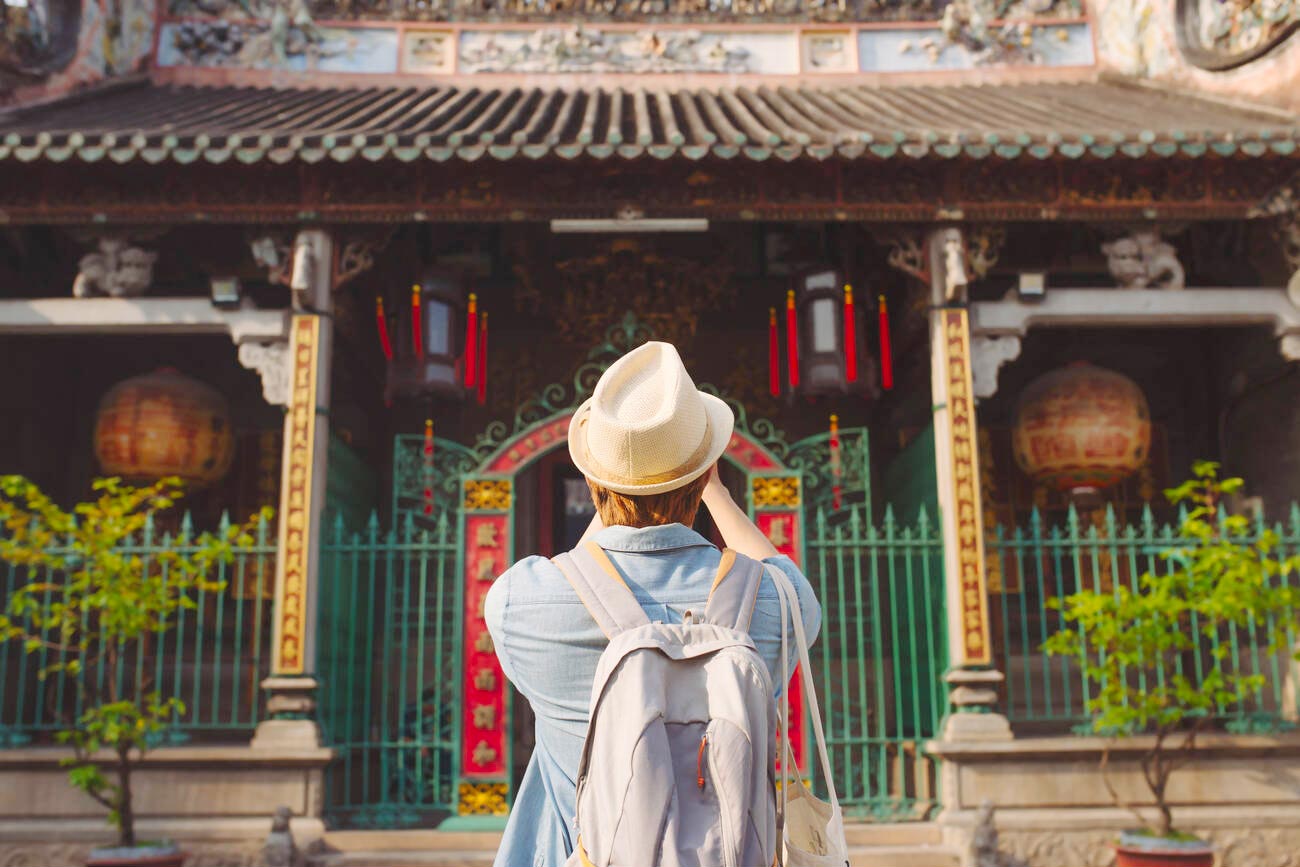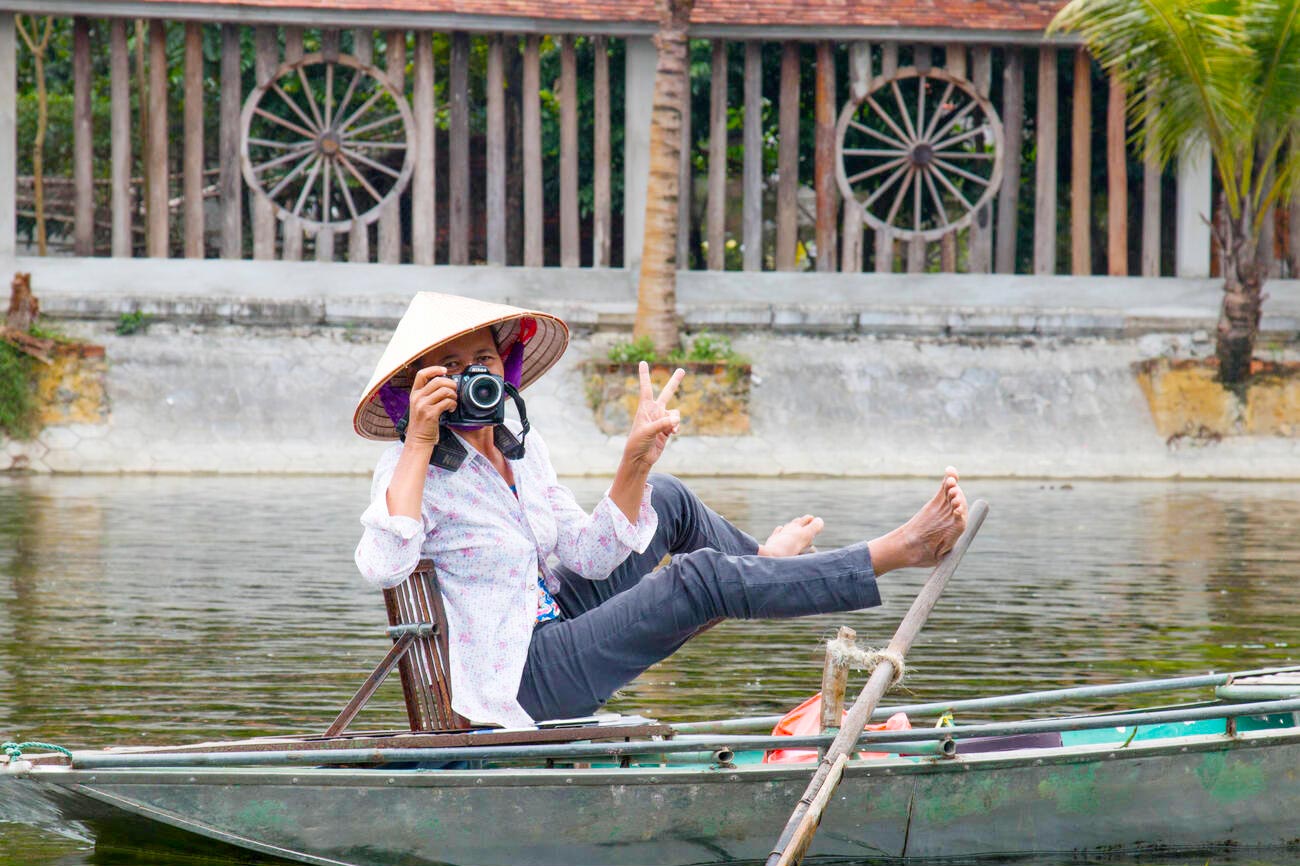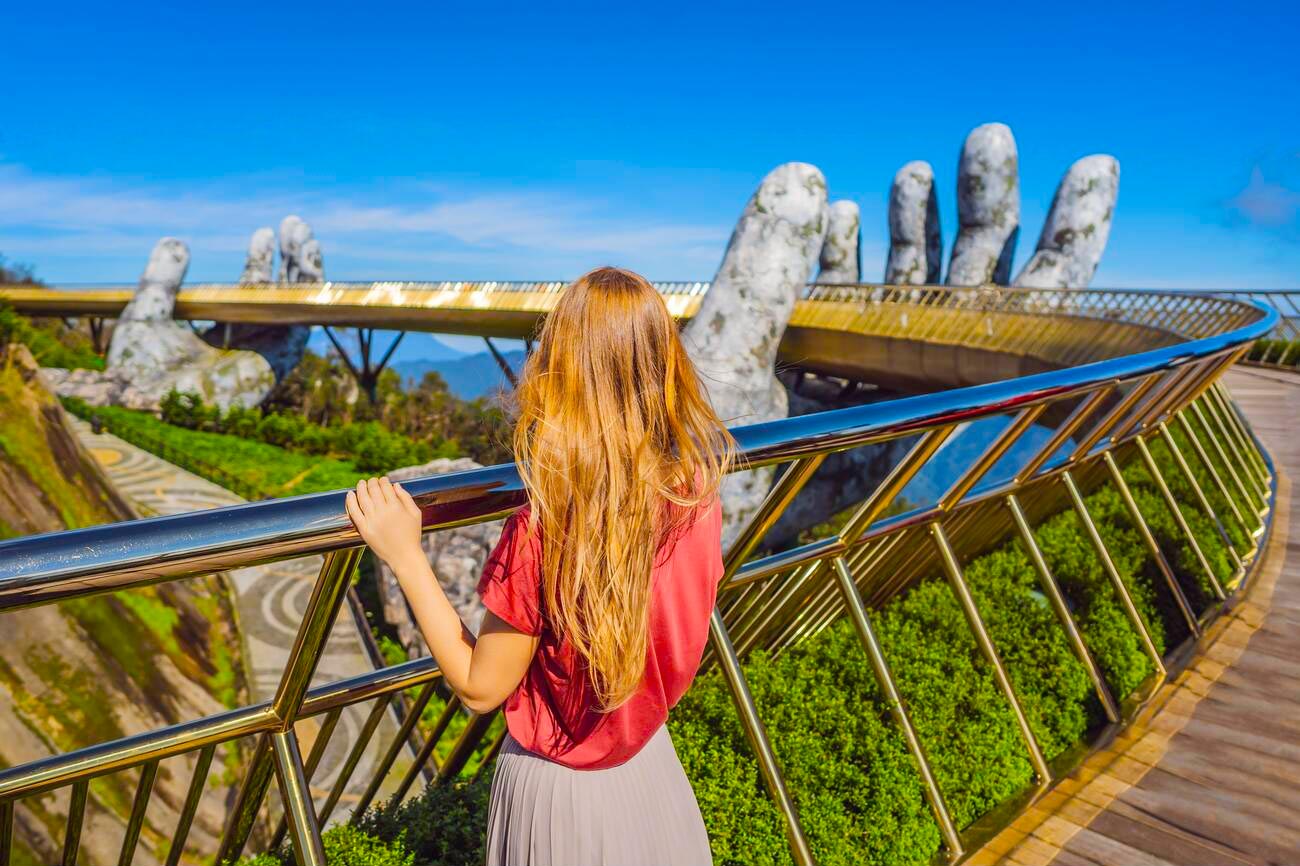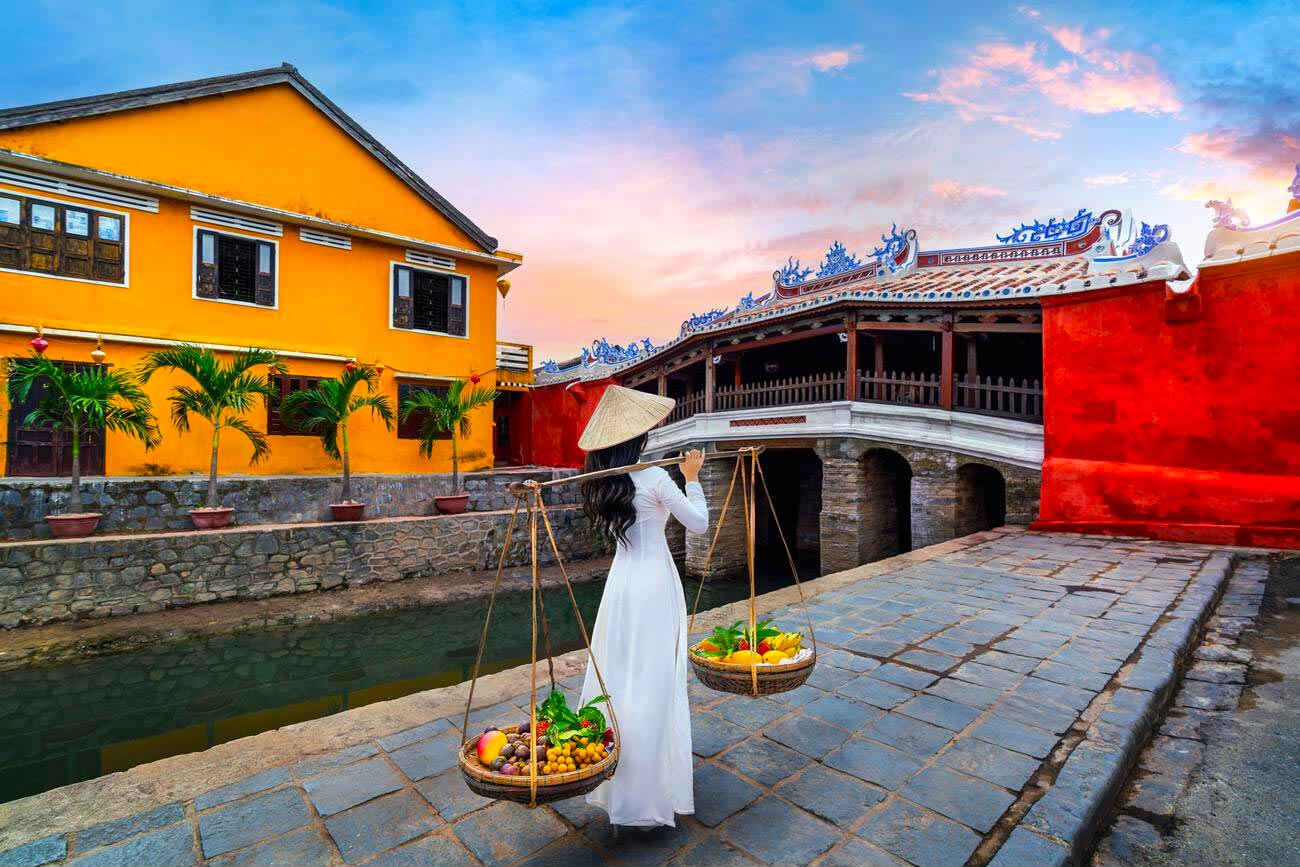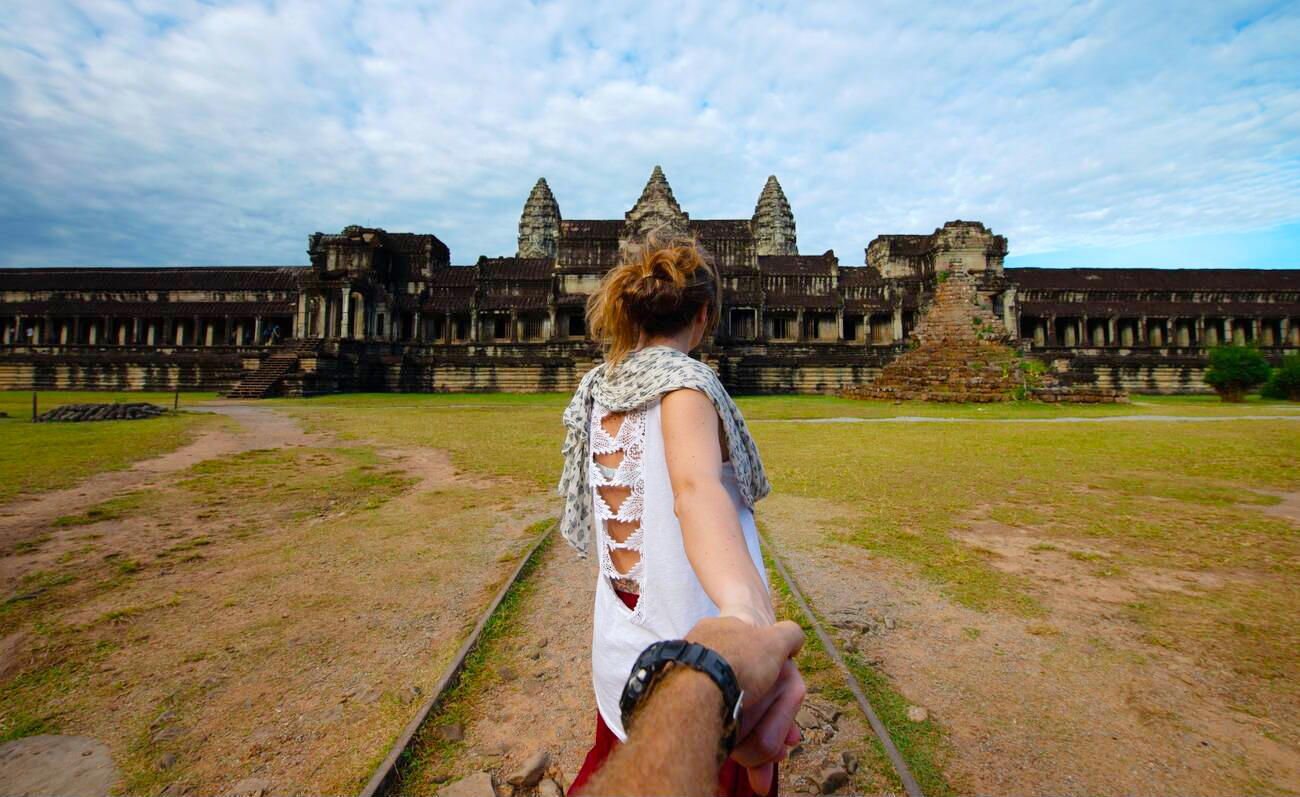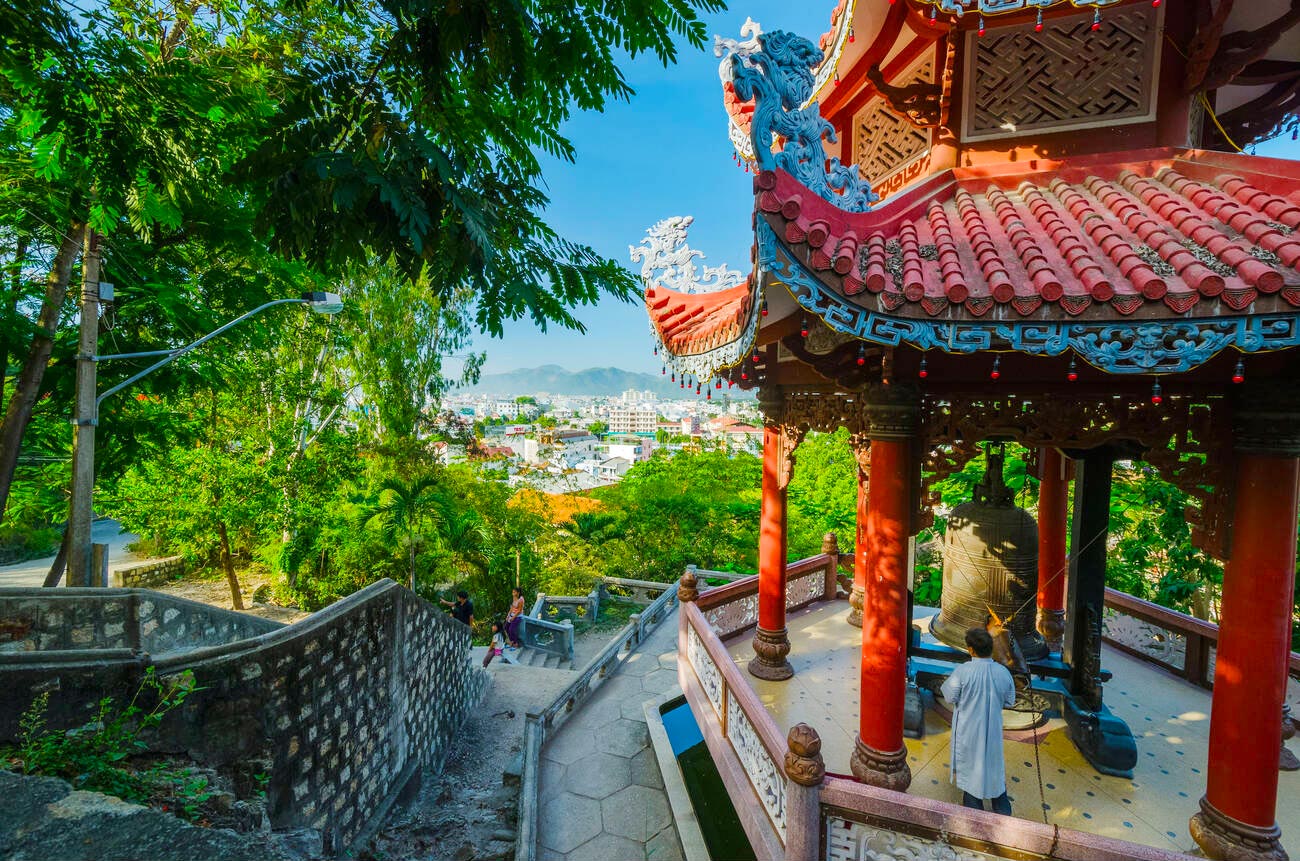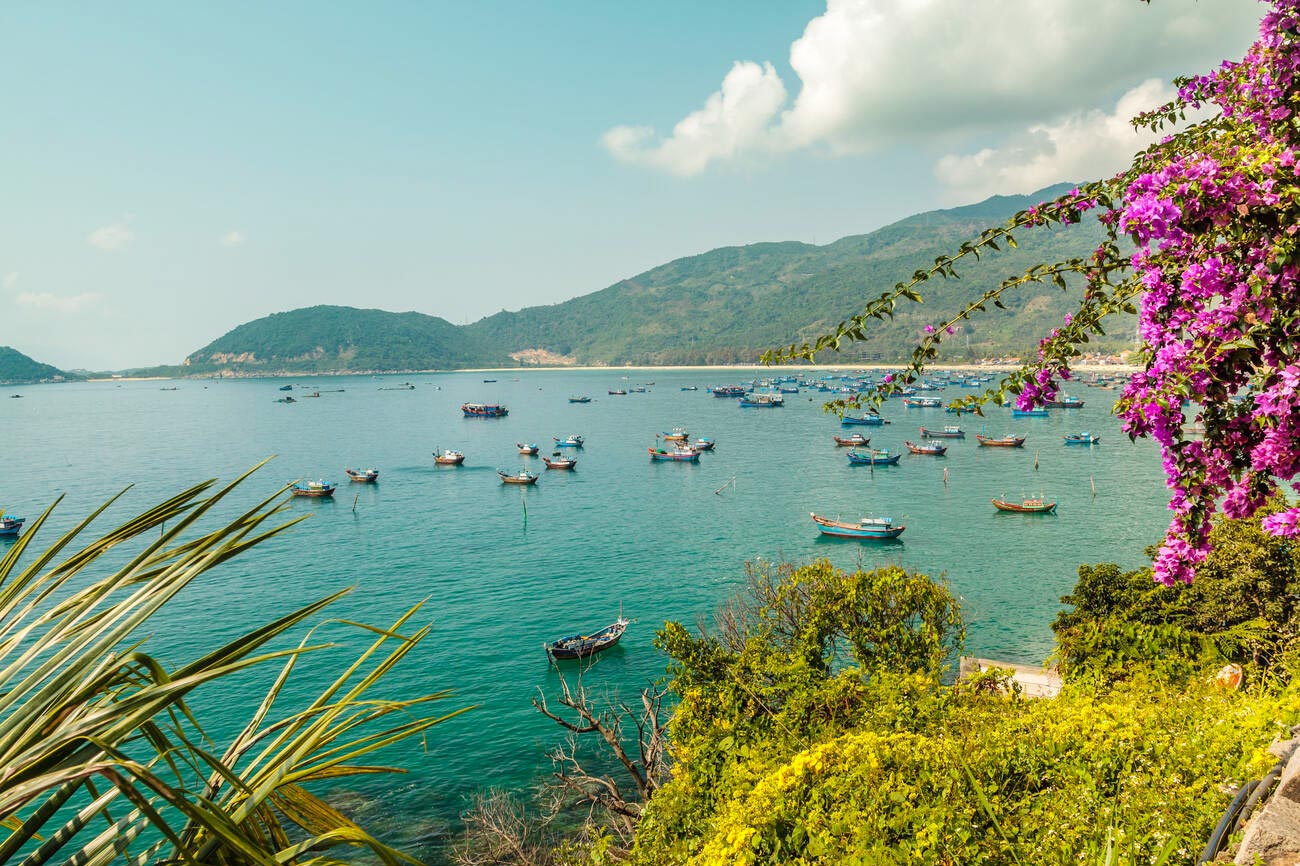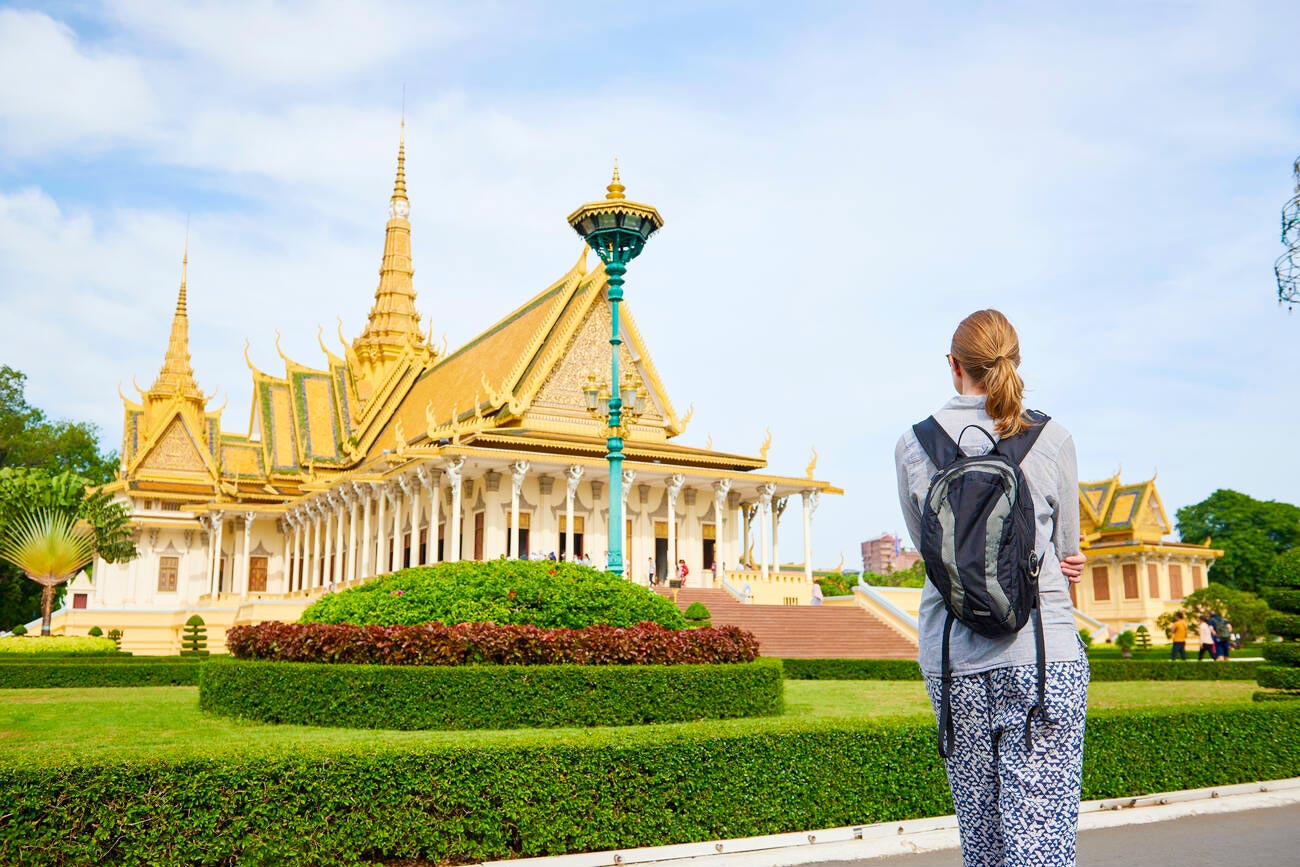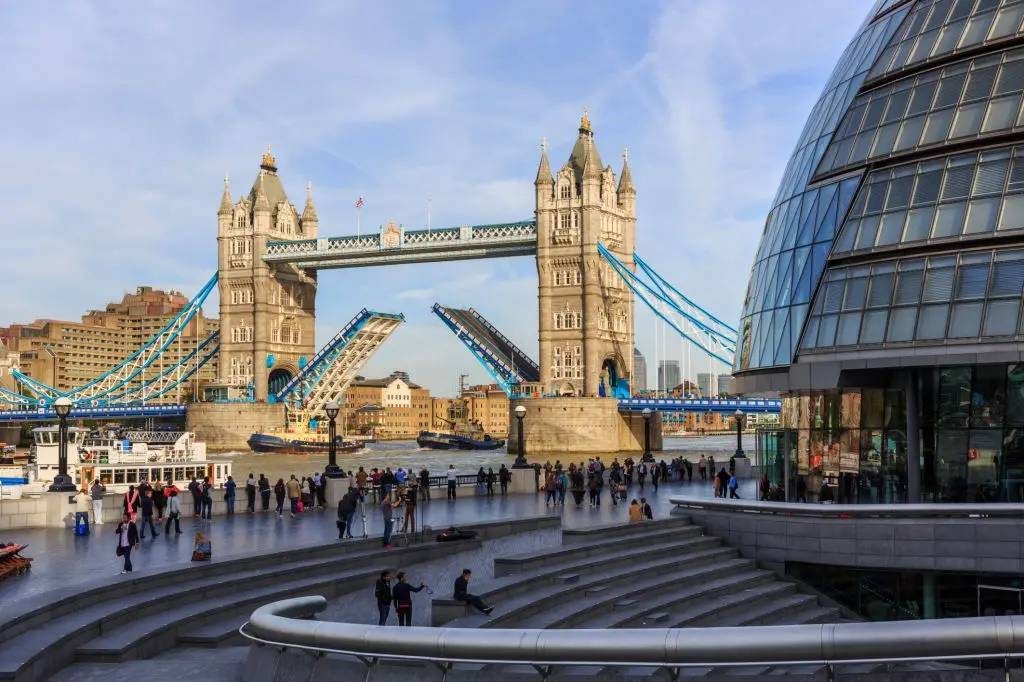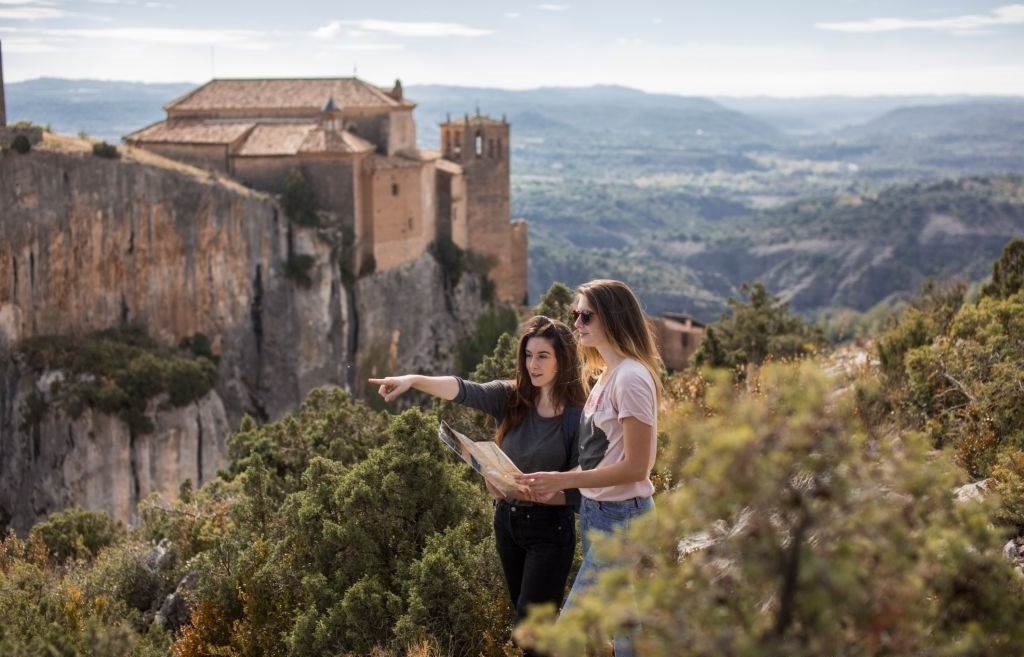Summary
- Cham Museum in Da Nang houses the world’s largest Cham sculpture collection.
- It preserves Cham heritage through artifacts, sculptures, and educational programs.
- The museum’s architecture reflects traditional Cham temple designs.
- Visitors enjoy guided tours, special exhibitions, and cultural events.
- Future plans include expanding collections and enhancing digital accessibility.
The Cham Museum is a testament to Vietnam’s rich and diverse cultural tapestry, offering visitors an immersive journey into the ancient Cham civilization. Located in the vibrant city of Da Nang, this museum is a repository of historical artifacts and a beacon of cultural preservation and education.
Nestled in the heart of Da Nang, the Cham Museum is renowned for housing the world’s most extensive collection of Cham sculptures and artifacts. Established in 1987, the museum serves as a vital link between Vietnam’s past and present, showcasing the artistic and cultural achievements of the Cham people who once thrived in the region.
Historical Background of the Cham Civilization
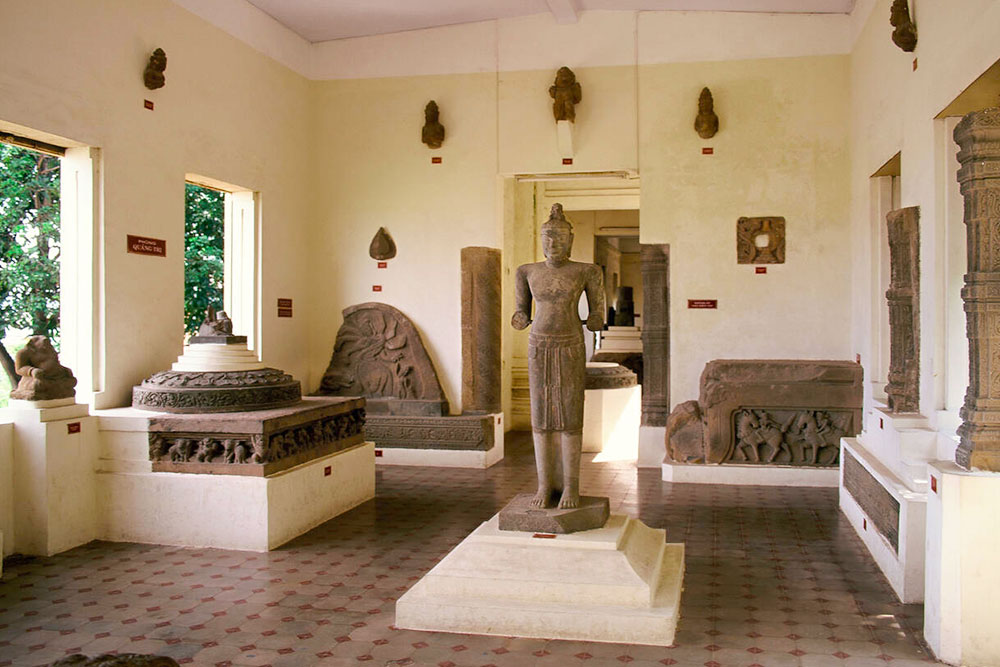
The Cham civilization, traced to the Kingdom of Champa, flourished in central and southern Vietnam from approximately the 2nd century until the 19th century. Influenced by Hinduism and later Islam, the Cham people developed a unique culture characterized by intricate temple architecture, exquisite sculptures, and vibrant traditions.
The decline of Champa, due to continuous conflicts and shifting trade routes, led to the dispersal of Cham people, but their legacy endures through artifacts preserved in the Cham Museum.
The inception of the Cham Museum was driven by the need to preserve the rich cultural heritage of the Cham people amidst rapid modernization and urbanization. Da Nang was chosen as the ideal location as a central hub due to its historical significance and accessibility. Over the years, the museum has expanded its collections, incorporating artifacts excavated from various archaeological sites across Vietnam. Continuous efforts in restoration and preservation have ensured that the museum remains a premier destination for scholars, tourists, and locals alike.
Architectural Grandeur of the Cham Museum
Designed to reflect the architectural elegance of Cham temples, the museum blends traditional and modern aesthetics. The façade features intricate carvings and motifs inspired by Cham art, while the interior spaces are thoughtfully organized to provide a seamless flow for visitors. Large glass windows allow natural light to illuminate the exhibits, creating an inviting and contemplative atmosphere. The museum’s layout is functional and aesthetically pleasing, enhancing the visitor experience.
The Rich Collections of the Cham Museum
The Cham Museum boasts an extensive collection of over 2,000 artifacts, ranging from sculptures and statues to pottery and inscriptions. The collection's centerpiece is the array of sandstone and basalt statues depicting Hindu deities such as Shiva, Vishnu, Brahma, and Buddhist figures. These sculptures are notable for their intricate detailing, expressive features, and dynamic poses, reflecting the artistic prowess of the Cham artisans.
In addition to religious sculptures, the museum houses everyday items that offer a glimpse into the daily lives of the Cham people. Pottery, tools, and ornaments illustrate the craftsmanship and technological advancements of the civilization. Stone inscriptions and relics provide valuable insights into Champa's language, religion, and societal structures.
Significance of the Cham Museum in Cultural Preservation
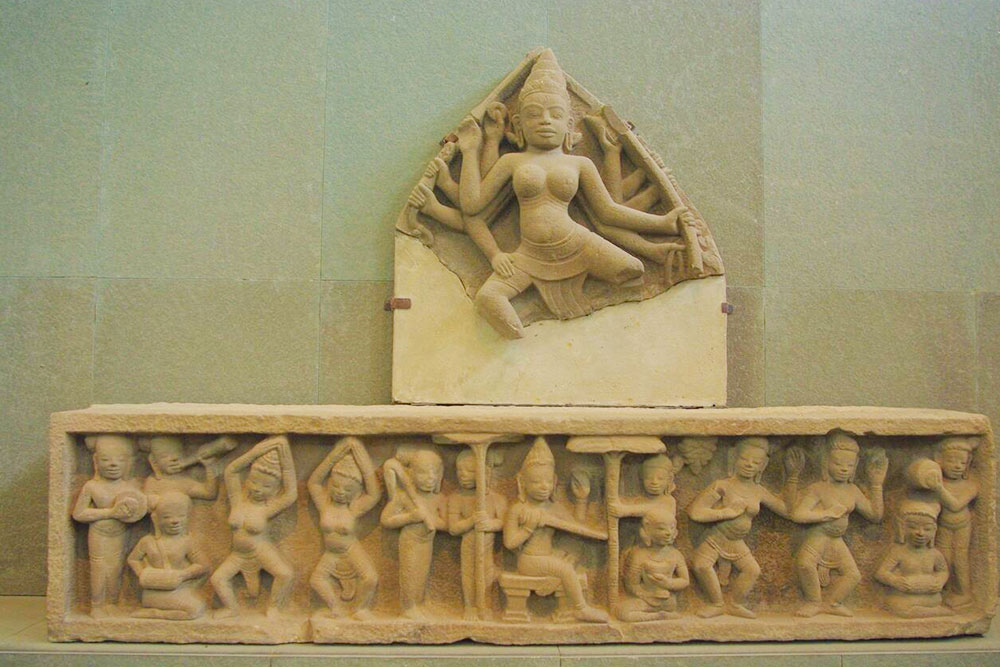
The Cham Museum plays a crucial role in preserving and promoting Cham heritage. The museum ensures that future generations can access and appreciate this cultural legacy by safeguarding artifacts from natural deterioration and human-induced damage. Furthermore, the museum serves as an educational platform, offering programs and exhibits highlighting the Cham civilization's historical significance and artistic achievements.
The museum also fosters cultural exchange by collaborating with international institutions, hosting exhibitions, and participating in global conferences. These initiatives enhance the museum’s reputation and contribute to a broader understanding and appreciation of Southeast Asian history and culture.
What to Expect from Visiting Cham Museum?
Visitors to the Cham Museum can expect a well-organized and enriching experience. The museum is conveniently located in Da Nang and accessible by various modes of transportation. Operating hours are typically from 8:00 AM to 5:00 PM, with extended hours during peak tourist seasons.
Admission fees are reasonable, with discounts available for students, seniors, and groups. The museum has modern amenities, including informative signage in multiple languages, comfortable seating areas, and a well-stocked gift shop featuring replicas and souvenirs inspired by Cham art.
Guided tours are available for those seeking a more in-depth exploration of the exhibits. Knowledgeable guides provide detailed explanations of the artifacts, their historical context, and their cultural significance, enhancing the visitor experience.
Special Exhibitions and Events at Cham Museum
The Cham Museum regularly hosts special exhibitions that delve into specific aspects of Cham culture or highlight particular themes. These exhibitions often feature rare or newly discovered artifacts, providing fresh insights and perspectives. Additionally, the museum organizes cultural events, such as traditional dance performances, art workshops, and lectures by experts, fostering a dynamic and engaging environment for visitors.
One notable event is the annual Cham Cultural Festival, which celebrates the heritage of the Cham people through various activities and performances. This festival attracts visitors worldwide, further solidifying the museum’s role as a cultural hub.
Preservation and Conservation Efforts Done For Cham Museum
Preserving ancient artifacts is a meticulous and ongoing process at the Cham Museum. The museum employs advanced conservation techniques to protect sculptures and relics, such as humidity and temperature fluctuations, from environmental damage. Regular maintenance and restoration work ensure that the artifacts remain in optimal condition for future generations.
The museum also engages in preventive conservation by controlling the internal climate and monitoring the condition of exhibits. Staff members are trained in the latest conservation practices, ensuring the museum remains at the forefront of artifact preservation.
Impact on Local Community and Tourism in Cham Museum
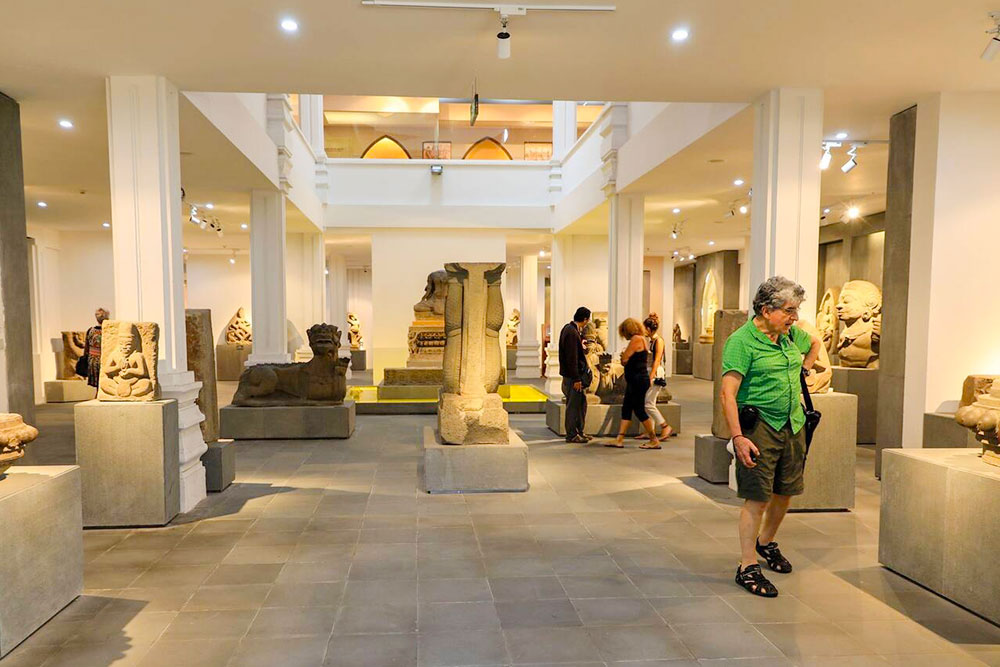
The Cham Museum significantly contributes to the local community by promoting cultural pride and awareness. It is an educational resource for schools and universities, inspiring young minds to explore their heritage. The museum also provides employment opportunities for locals, from curatorial positions to administrative roles.
Tourism-wise, the Cham Museum is a significant attraction in Da Nang, drawing both domestic and international visitors. Its presence enhances the city’s cultural landscape, complementing other historical sites and modern attractions. The influx of tourists benefits local businesses, including hotels, restaurants, and shops, fostering economic growth.
Future Plans and Developments for Cham Museum
The Cham Museum has ambitious plans to expand its collections and enhance its facilities. Proposed developments include the addition of interactive exhibits, a dedicated research center, and improved visitor amenities. The museum also aims to strengthen its digital presence by offering virtual tours and online resources, making Cham heritage accessible to a global audience.
Collaborative projects with international museums and academic institutions are in the pipeline, promising to bring new insights and innovations to the museum’s operations. These initiatives underscore the museum’s commitment to excellence and its role as a guardian of cultural heritage.
Conclusion
The Cham Museum in Vietnam is a monumental repository of Cham heritage, offering a window into the Cham civilization's rich history and artistic achievements. The museum honors the past and fosters a deeper understanding and appreciation of cultural diversity through its extensive collections, educational programs, and preservation efforts. Whether you are a history enthusiast, an art lover, or a curious traveler, the Cham Museum promises an enlightening and memorable experience.
Reserve your personalized Vietnam tour now and enhance your journey. By selecting our tours, you'll discover the country's stunning scenery, lively cultural heritage, and remarkable sites, creating unforgettable memories for a lifetime.

